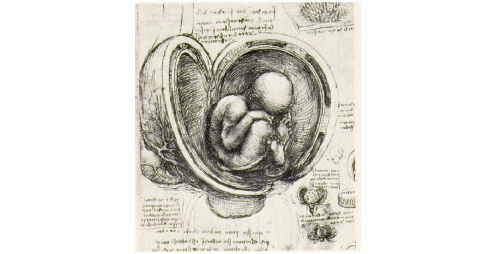- Surgery. Prompt and aggressive exploration and debridement.
- Antibiotics. Duration individualized but if bacteremic usually continue for 14 days. Penicillin 4 mill IEx6 or 5 mill IE every 9 hours and Clindamycin 900 mgx3 (allergy: erythromycin instead of penicillin). Penicillins are more rapidly bactericidal versus Staphylococcus aureus than is clindamycin. However, Clindamycin is not affected by inoculums size or stage of growth. Suppress the synthesis of bacterial toxins, suppress synthesis of penicillin bindig proteins and suppress tumor necrosis factor.
- Immunoglobulin (IVIG) 1 g/kg/day day one followed by 0,5 g/kg/day day two and three. Treatment with pressor substance often norepinephrine and dopamine.
- Massive intravenous fluid 10-20 L are often necessary to maintain perfusion.
- Asymptomatic carrieres should have Penicilin for 10 days. Ref.: se under Staphylococcal toxic syndrome.
- Experimental: Hyperbar oxygen treatment has been used in case of necroting facitis and myositis TNF antibodies has not been evaluaed in clinical studies but promising results in animal models.
Dette dokument er flaget "Muligt forældet"
Find siden via vejledninger
Streptococcal toxic shock syndrome
(TSS)
- Main and Danish guidelines by the web master
|
Group A streptococcus (GAS) or Streptococcus pyogenes Are facultative anaerobic gram positive cocci most known to cause pharyngitis. They can cause infection in the skin, vagina and soft tissue causing necrotizing fasciitis and myositis. They are B-hemolytic and produce toxin that may cause TSS, scarlet fever, rheumatic fever and glomerulonephritis. One % of women in the reproductive age are colonized with GAS in the vagina. Streptococcal Toxic Shock Syndrom is described in two clinically very different ways (1,2). The diagnosis is made according to the definition. Isolation of GAS from a normal sterile body site, hypotension with systolic blood pressure = 90mm at lest after 4 hours renal impairment. Soft tissue infection that usually progress to necrotising facitis or myocitis. Coagulopathi eg. (Throbocythophenia, DIC), liver involvement. Adult respiratory distress symdrom. Erythromacular rash and multiple organ failure. The mortality rate is 30. It can also develop hours to days after delivery. The patient has often a low platelet count and may initially present with leucophinia before rising the leucocyt count. The perinatal group experience a rapid course before, under or immediately after delivery. In 50% the delivery is preterm. Half of the women present with very frequent and painful labour mimicking abruption of the placenta. The fetal mortality is high (59%) and the maternel mortality is very high > 50%. Retrospectively in 50% of cases a member of the family had had a sore throat. The puerperal group develops 12 hours to several days after delivery. The delivery is usually at term. The fetal mortality is 0 but the maternal mortality is high. Symptoms are often diffuse in the stomach (may mimic peritonitis and pelvic inflammatory disease) or localized to an extremity. The latter pains are abrupt in onset. Influenza-like syndrome, fever but hypothermia may be present in patients with shock. The patient normally becomes hypotensive within hours. They have renal dysfunction with a rise in creatinin. They often have low platelet count and initially present with leucopenia, before a rise in leucocyt count. Necrotizing fasciitis is seen in approximately 50% with STSS of puerperal type. Complications: Acute respiratory distress syndrome (ARDS) Occurs in half of the patients. Scarlatina like erythema may occur (10%). Virulence factors: The bacteria produce exotoxins ABC (SpeA,SpeB,SpeC) structurally very similar to Toxic shock syndrome toxin 1 produced by staphyloccus aureus. The toxins function as superantigens causing the immune defence of the body to overreact to the infection. This leads to multiorgan failure and mortality is high (4). Differential Diagnosis Staphylococcal toxic shock syndrome (often no bacteriaemia and no localized pain). Gram negative sepsis (uncommon in healthy females) and typhoid fever. Acute meningococcemia, Rocky Mountain spotted fever. Diagnosis : Culture, blood, urin, cervix, wounds, nose and pharynx. Treatment
Feel free to mail me |
